Discover interesting surprises about the Colosseum
The Colosseum (Colosseum) is located in Rome, Italy is a long-lasting architectural masterpiece to this day.
Interesting things about the Colosseum

The Colosseum is designed to have up to 80 entrances and before each entry is numbered so that the audience can easily find seats.
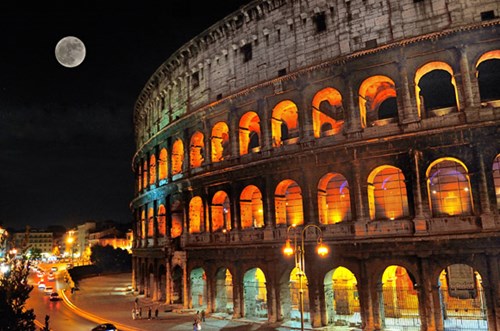
Initially the Roman arena had a capacity of 50,000 people.Later, the architects expanded the design, increasing the capacity of this project to 55,000 people.
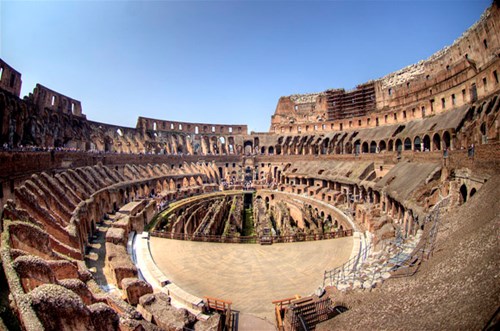
It is estimated that more than 500,000 people and more than 1 million animals die when participating in bloody mortal games in the Roman arena to entertain everyone during this time of work.
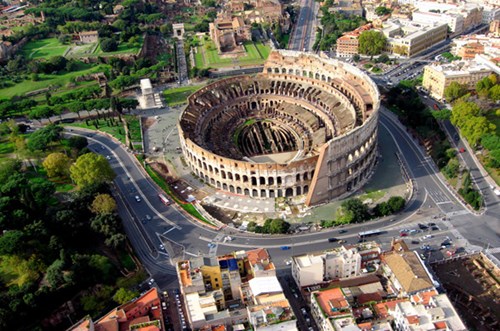
The last bloody battles of the gladiator in the Roman arena took place in 435 years.
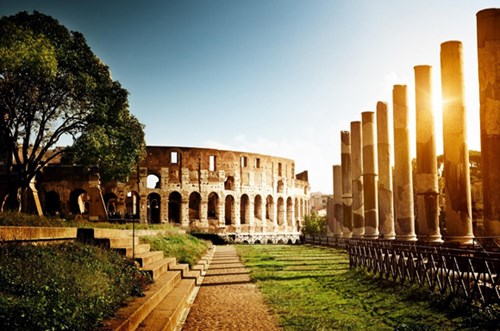
The Romans did not have to pay any money to enter the stadium to watch competitions or events in the Roman arena.In addition, they are provided with free food.
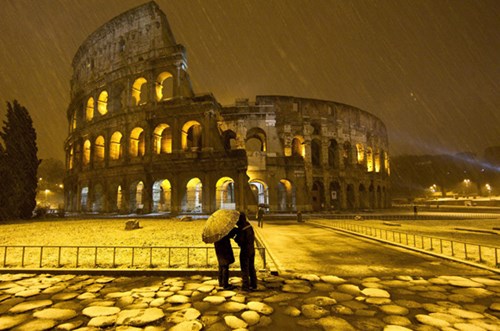
Many festivals held in the Roman arena last up to 100 days.Sometimes the Romans made the Roman arena flooded to make it a place for exciting naval battles to entertain everyone.

More than 60,000 slaves of Jews have built the night and night for 9 years to complete the Roman arena.

Initially, the Colosseum was named Amphitheatrum Flavium in Latin or Anfiteatro Flavio in Italian.Much later, this architectural masterpiece is called the Colosseum or Colosseo.This is the greatest work of the Roman Empire.

Two intense earthquakes occurred in 847 and 1231 caused serious damage to the Roman arena and has survived since then.
- The Colosseum subsided 38cm
- Discover the miniature Colosseum arena of the Roman emperor
- Things you didn't know about the Colosseum
- Found erotic paintings from Roman times
- Top interesting facts about the world over 100 years ago
- 9 reveal interesting surprises about your IQ
- Interesting things surprise you about where you live
- Unexpected surprises about Earth
- Animal World - Interesting things you don't know
- 11 interesting scientific facts
- 15 surprises about the world
- 15 interesting facts about animals are not included in textbooks
 'Fine laughs' - Scary and painful torture in ancient times
'Fine laughs' - Scary and painful torture in ancient times The sequence of numbers 142857 of the Egyptian pyramids is known as the strangest number in the world - Why?
The sequence of numbers 142857 of the Egyptian pyramids is known as the strangest number in the world - Why? History of the iron
History of the iron What is alum?
What is alum?